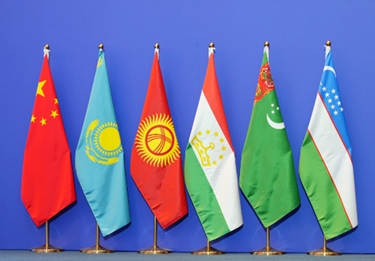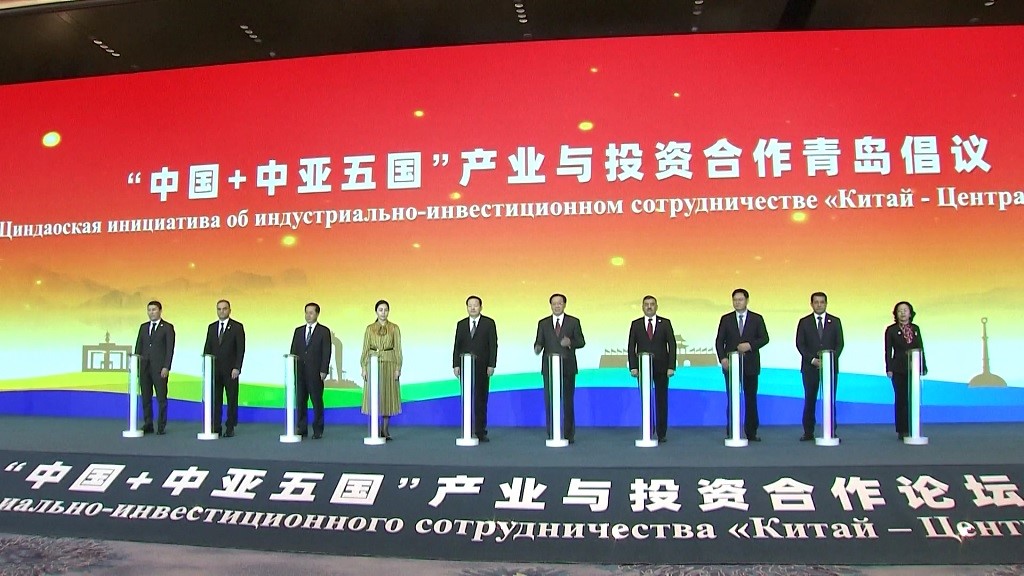By the end of 2022, China’s foreign trade turnover with Central Asian countries reached US $70.2 billion, an increase of about 40% compared to 2021, or almost 100 times in the 30 years since the establishment of diplomatic relations. The volume of Chinese investments in the economies of Central Asian countries is estimated at US$ 970 million, according to the Chinese National Development and Reforms Commission.
China has become one of the most important partners of the five Central Asian countries in the framework of trade and economic cooperation. As the joint construction of the Belt and Road turned into a very popular international public good and a platform for international cooperation, contacts and cooperation between China and the five Central Asian states continuously deepened.
At the China-Central Asia Industrial and Investment Cooperation Forum, which wrapped on Friday (17 Feb), many honored guests from Central Asian countries expressed the opinion that the advantage of the mega-large Chinese market, an integrated industrial system and advanced technologies provided strong support for cooperation between the PRC and the Central Asian states.
Energy cooperation is an important element of interaction between China and Central Asia. Since the establishment of diplomatic relations between China and the five Central Asian countries, a number of major projects have been jointly implemented, such as the China-Central Asia gas pipeline, the China-Kazakhstan oil pipeline and the development of the Galkynysh gas field in Turkmenistan.
In 2017, with the support of China, the modernization of the Bishkek thermal power plant was completed in Kyrgyzstan, within the framework of which two power units with a total capacity of 300 MW were reconstructed.
In addition to large-scale infrastructure projects, commodity exports and imports are also being promoted. The Chinese market receives a large number of goods from Central Asia, including camel milk from Kazakhstan, honey from Kyrgyzstan, dried fruits from Tajikistan, cotton from Turkmenistan and cherries from Uzbekistan.
In order to further promote economic, trade and investment cooperation with the SCO countries and countries along the Belt and Road. The China-SCO Regional Trade and Economic Cooperation Demonstration Zone in Qingdao has created a comprehensive service platform for regional trade and economic cooperation between China and the SCO, contributing to the development of a “soft link” in the field of trade and economic cooperation between China and Central Asian countries, SCO countries and countries along the Belt and Road.
“Qingdao has the fourth largest port in the world. We use our advantage of multimodal transportation by sea, land, air and rail to provide the Central Asian countries with market-oriented access to the sea, and this platform plays the role of a “soft link” in this,” said Zhang Dong, deputy director of the management committee of the China-SCO Local Economic and Trade Cooperation Demonstration Area (SCODA).
China and Central Asia have established effective mechanisms of cooperation, the results of which are tangible in the areas of investment and trade, production capacity, science and technology, and talent exchange.
Zhang Yao from the China-SCO Technology Transfer Center believes that the expansion of industrial investment and cooperation between China and Central Asian countries will help both sides improve their industrial systems and advanced technologies.
“The two sides have huge cooperation space as Central Asian countries have a strong desire to seek cooperation in fields like energy and agriculture, and many Chinese enterprises are ready to offer technological support,” Zhang Yao said.
Huo Fupeng, deputy director of the Department of Industry at the National Development and Reform Commission, the country’s main economic regulator, said that the five Central Asian countries play a key role in regional production and supply chains, and China has become the largest contributor to global economic growth.
He called on China and the Central Asian countries to make more efforts to develop new-generation information technologies, such as artificial intelligence, industrial Internet, big data and the Internet of Things, accelerate the “smart” and “green” transformation of traditional industries, expand cooperation in cross-border e-commerce and transport.
In general, summarizing the expert opinions and officials’ remarks voiced at the forum, we can say that China and five Central Asian countries — Kazakhstan, Kyrgyzstan, Tajikistan, Turkmenistan and Uzbekistan — have a wide space for industrial and investment cooperation, which will give a powerful boost to qualitative development in the region. ///nCa, 19 February 2023 (based on Xinhua and China Daily reports)

